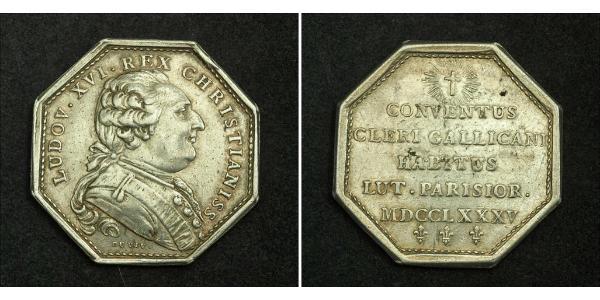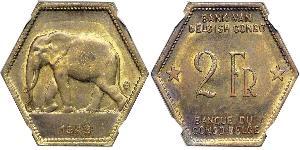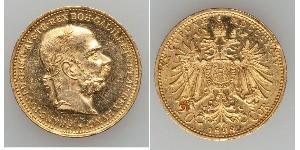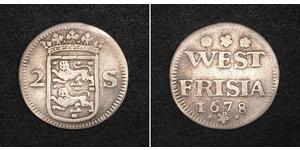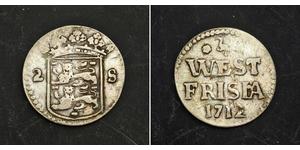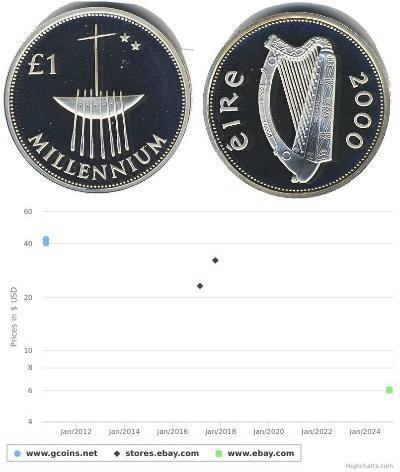(продана за $47.0)
1785, Royal France, Louis XVI. Silver "Assembly of the Clergy" Medal (Jetton). R!
Condition: VF+
Mint Year: 1785
Mint Place: Paris
Reference: F.3984
Medallist: Du Vivier
Denomination: Medallic Token / Coin (Jetton) - Assembly of the Clergy of 1785
Weight: 12.24gm
Diameter: 32mm
Material: Silver
Obverse: Uniformed bust of Louis XVI right.
Legend: LUD . XVI . REX - CHRISTIANISS .
Exergue: DUVIV.
Reverse: Inscription in two lines within wreath.
Legend: CONVENTUS CLERI GALLICANI HABITUS LUT . PARISIOR . MDCCLXXV (three lis)
The Assembly of the clergy is the ecclesiastical institution of royal France. It enjoys the protection of the King and tax exemption (formulated at the Councils of Lateran III and IV - 1179 and 1215). Two kinds of assemblies are distinguished: small, say "meetings of accounts", bringing together thirty-two Members (two per province) and large assemblies (sixty-four deputies) called to resolve religious issues ( relations with Rome, Protestants, Jansenism, etc..). The last meeting was held in 1788. Biblio:. MOUSNIER R., "The Institutions of France under the absolute monarchy," Paris, 1974, vol. I, p. 284-288;. BLET P.,. "The clergy of France and the monarchy Study on general assemblies of the clergy of France in 1615-1666," 2 vols, Rome, 1959.
em>.
Louis XVI or Louis-Auguste de France (Versailles 23 August 1754 – 21 January 1793 in Paris) ruled as King of France and Navarre from 1774 until 1791, and then as King of the French from 1791 to 1792. Suspended and arrested during the 10th of August 1792 Insurrection, he was tried by the National Convention, found guilty of treason, and executed by guillotine on 21 January 1793. He was the only king of France to be executed.
Although Louis was beloved at first, his indecisiveness and conservatism led some elements of the people of France to eventually hate him as a symbol of the perceived tyranny of the Ancien Régime.[citation needed] After the abolition of the monarchy in 1792, the new republican government gave him the surname Capet, a reference to the nickname of Hugh Capet, founder of the Capetian dynasty, which the revolutionaries wrongly interpreted as a family name. He was also informally nicknamed Louis le Dernier (Louis the Last), a derisive use of the traditional nicknaming of French kings. Today, historians and Frenchmen in general have a more nuanced view of Louis XVI, who is seen as an honest man with good intentions, but who was probably unfit for the herculean task of reforming the monarchy, and who was used as a scapegoat by the revolutionaries.

|
Добавив:
anonymous 2015-05-01 |
2 Stuiver Нідерланди Срібло
в групі 2 монет / 2 цін
⇑

